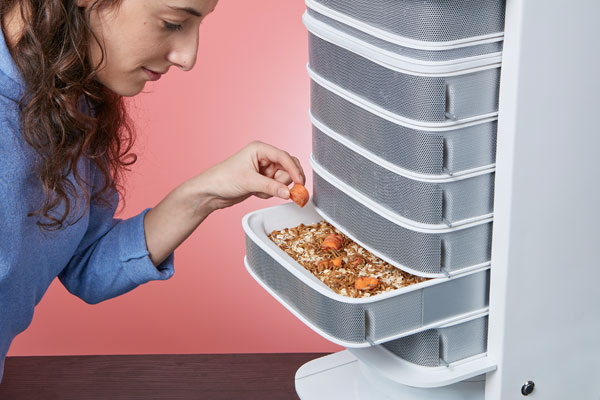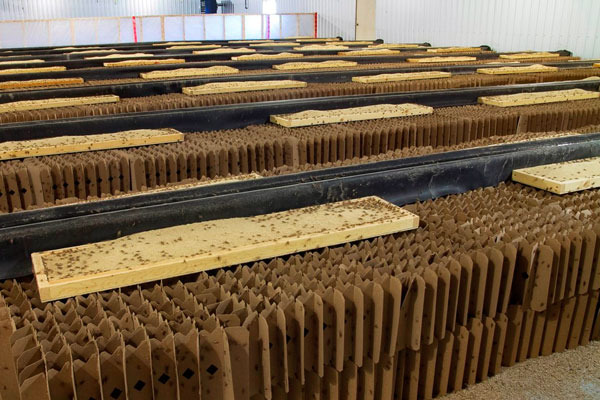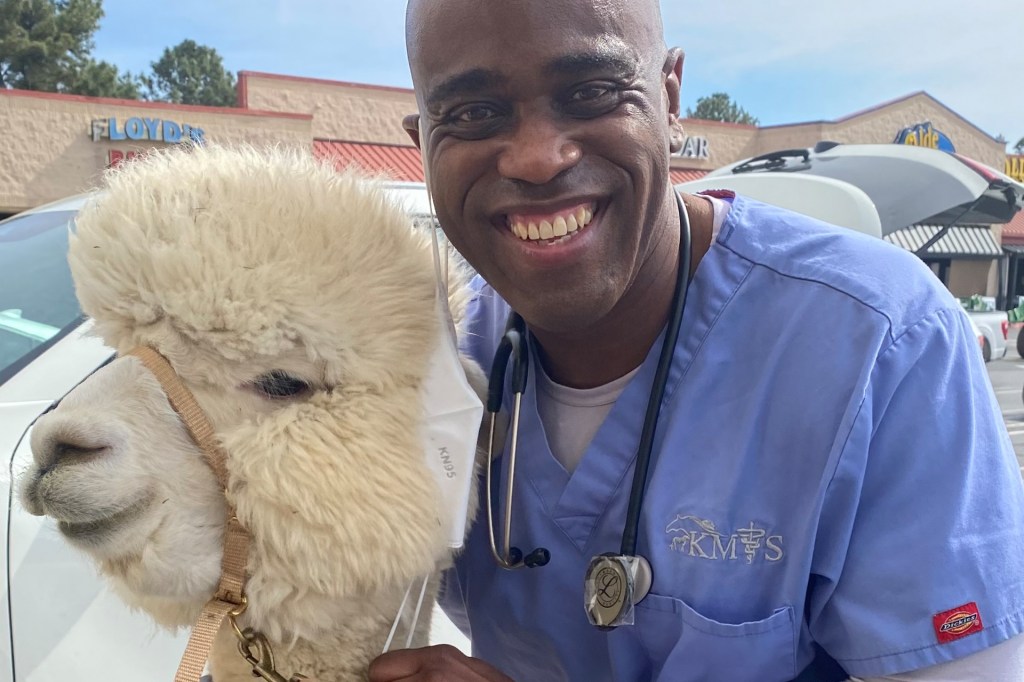Bug Business

Chocolate-chip cookies. Banana bread. Brownies. What do these treats have in common? If they were made with Bitty Foods flour, they all contain a special ingredient: crickets. The company, which is based in San Francisco, California, wants to make insects a more widely accepted source of protein.
"We're focused on helping families get healthy foods into their diets," Megan Miller, cofounder of Bitty Foods, told TFK. A 2013 United Nations report about the health and environmental benefits of eating insects inspired Miller to start Bitty Foods.
A Matter of Taste
According to the U.N. report, more than 2 billion people in Asia, Africa, and Latin America eat insects. But in North America and Europe, many people find the idea distasteful. "We knew that Americans would have trouble thinking about eating whole insects," Miller says. "We decided it would be much more palatable
palate
 pleasant to taste; acceptable
(adjective)
if we turned crickets into powder to make familiar foods."
pleasant to taste; acceptable
(adjective)
if we turned crickets into powder to make familiar foods."
Insects are not only packed with protein, vitamins, fiber, and minerals, they are also tasty, Miller points out. "Crickets taste like nuts," she says. "You dry-roast them and you get this toasted flavor. You can put them into anything." Bitty Foods makes cricket flour and packaged cookies. Chocolate-chip cookies are the top seller.

SWEET HOME Mealworms grow in drawers of the Livin Farms Hive.
COURTESY LIVIN FARMSBug Farmers
Jarrod Goldin believes insects are "the only protein source that can save the planet." He is a cofounder of Entomo Farms, the first farm in North America dedicated to raising insects for humans to eat. On any given day, there are more than 100 million crickets and 25 million mealworms at the farm.
Goldin says the demand for meat strains resources. "To produce one pound of meat protein, you need approximately 2,000 gallons of water," he says. "With crickets, one pound of protein requires just one gallon of water. Also, insects can be fed food waste, and need a lot less space than cattle and pigs."
Entomo Farms, based in Ontario, Canada, sells the crickets and mealworms—both whole and in powder form—online and to supermarkets. But people will soon be able to raise insects at home on their kitchen counters. Katharina Unger is the creator of the Livin Farms Hive. She says a hive can produce about a pound of mild-flavored mealworms per week that can be easily mixed into recipes.

MEALTIME These are rows of feeding trays for the crickets at Entomo Farms.
STEWART STICKA hive consists of a set of drawers. Each drawer contains a different stage of the mealworm's life cycle, from egg to larva to pupa
pupa
 GETTY IMAGES
an insect in the stage of development between larva and adult
(noun)
to beetle. Owners feed the critters bread crumbs and scraps of fruits and vegetables. "It empowers you to be the farmer," Unger says. "You watch the insects grow, you know exactly what they are [being fed] and that it is healthy and nutritious."
GETTY IMAGES
an insect in the stage of development between larva and adult
(noun)
to beetle. Owners feed the critters bread crumbs and scraps of fruits and vegetables. "It empowers you to be the farmer," Unger says. "You watch the insects grow, you know exactly what they are [being fed] and that it is healthy and nutritious."
Goldin says more than 1,900 insects are considered safe to consume. But do not eat any bugs that you find. "Some insects are poisonous and can make you very sick," he says. Leave it to the experts to prepare the insects properly. Bugs are their business.












